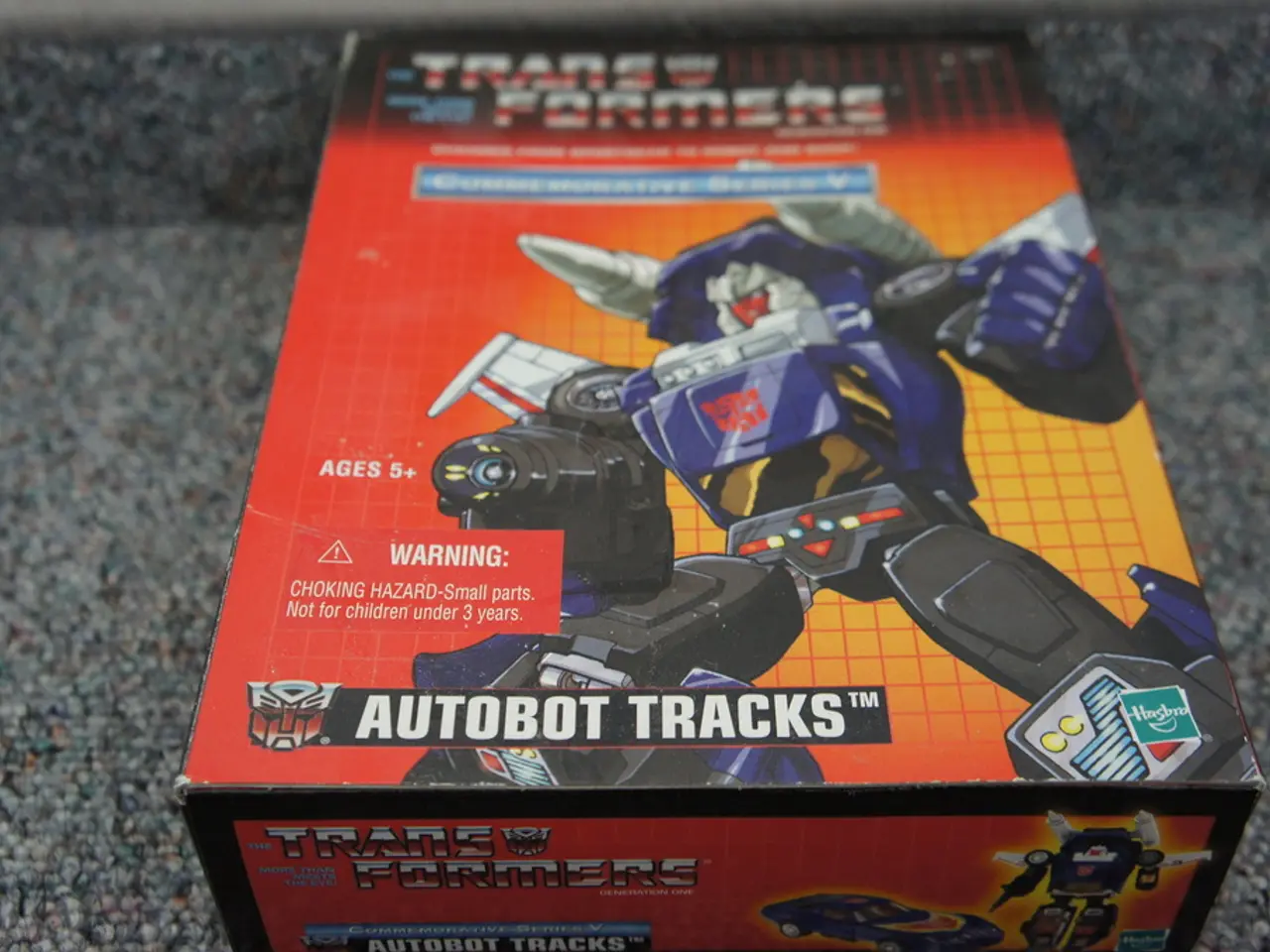Exploring the Core Concepts of Autonomous Robotics: Crucial Understandings and Practical Uses
Autonomous robotics is revolutionizing the way we work and innovate, as we navigate the challenges of the future. This technology, with its profound implications, is making waves across several industries, heralding a new era of change.
Breakthroughs in deep learning algorithms enable robots to recognize patterns and objects with high accuracy, facilitating tasks such as navigation and object manipulation. This advancement is crucial for the autonomous robots' ability to work in diverse environments and perform tasks that were previously the domain of human workers.
One of the most significant benefits of autonomous robotics is improved safety in workplaces and hazardous environments. By taking on dangerous tasks like heavy lifting, handling toxic materials, or assessing unsafe areas, these machines reduce the risk of injury to human workers. Industry reports indicate a 50% decrease in workplace accidents when utilizing autonomous robots for routine inspections and maintenance.
Autonomous robotics is creating new opportunities and transforming sectors like healthcare and manufacturing. In healthcare, autonomous mobile robots (AMRs) navigate hospital environments to assist with material transport and supply logistics, freeing medical staff for critical tasks. Custom AMR solutions improve operational efficiency and productivity in healthcare settings. Autonomous robots mitigate human error in critical settings, improving patient outcomes and decreasing complications.
In agriculture, robots are used for precise, repetitive work including planting, harvesting, and monitoring crops, improving yield and reducing labor costs. Autonomous machines capable of performing heavy lifting and site inspections in construction minimize human risk and enhance precision.
Automotive manufacturing is a primary domain where the market for robotics is growing strongly, with advanced next-generation robots contributing to enhanced quality control and production consistency.
Security and military sectors use autonomous systems for surveillance, reconnaissance, and hazardous operations that reduce risks to humans. In space and underwater exploration, robots operate in environments unsafe for humans, autonomously navigating and performing scientific tasks.
Looking ahead, potential future applications and developments include the deployment of humanoid robots in factories, designed to address labor shortages and perform complex tasks requiring human-like dexterity. This could lead to improved factory productivity and automation flexibility.
Increased autonomy levels beyond current scripted or limited adaptive tasks are on the horizon, moving towards full environment understanding and decision-making. This would enable robots to work in highly unstructured or dynamic settings, such as logistics, warehousing, and even customer service.
Further integration of AI, machine learning, and real-time data analytics is expected to enable predictive maintenance, self-optimization, and collaborative human-robot work environments. Robotics is becoming a standard in diverse industries beyond traditional manufacturing, including entertainment, food preparation, and customer service, driven by advances in perception, mobility, and interaction capabilities.
As AI and machine learning develop, autonomous robots become more intelligent, enabling them to operate effectively in unpredictable environments. However, challenges remain, such as privacy issues, technological limitations, and the need to address issues like data accuracy and ethical implications.
In conclusion, autonomous robotics is rapidly evolving from specialized automation towards versatile, intelligent systems with broad industry impact. This technology promises improved productivity, safety, and capability across a spectrum of economic sectors, shaping the future of work and innovation.
- The advances in artificial intelligence and deep learning algorithms are essential for autonomous robots to recognize patterns and objects, making their navigation and object manipulation tasks more accurate.
- The deployment of autonomous robots in diverse industries, such as healthcare, agriculture, and manufacturing, is creating new opportunities and is transformation in nature, as they free up human workers for critical tasks and improve operational efficiency.
- In the automotive manufacturing sector, the market for robotics is growing strongly, with advanced next-generation robots contributing to enhanced quality control and production consistency.
- Future developments in autonomous robotics include deploying humanoid robots in factories to address labor shortages, and increasing autonomy levels beyond current scripted tasks to enable full environment understanding and decision-making.




